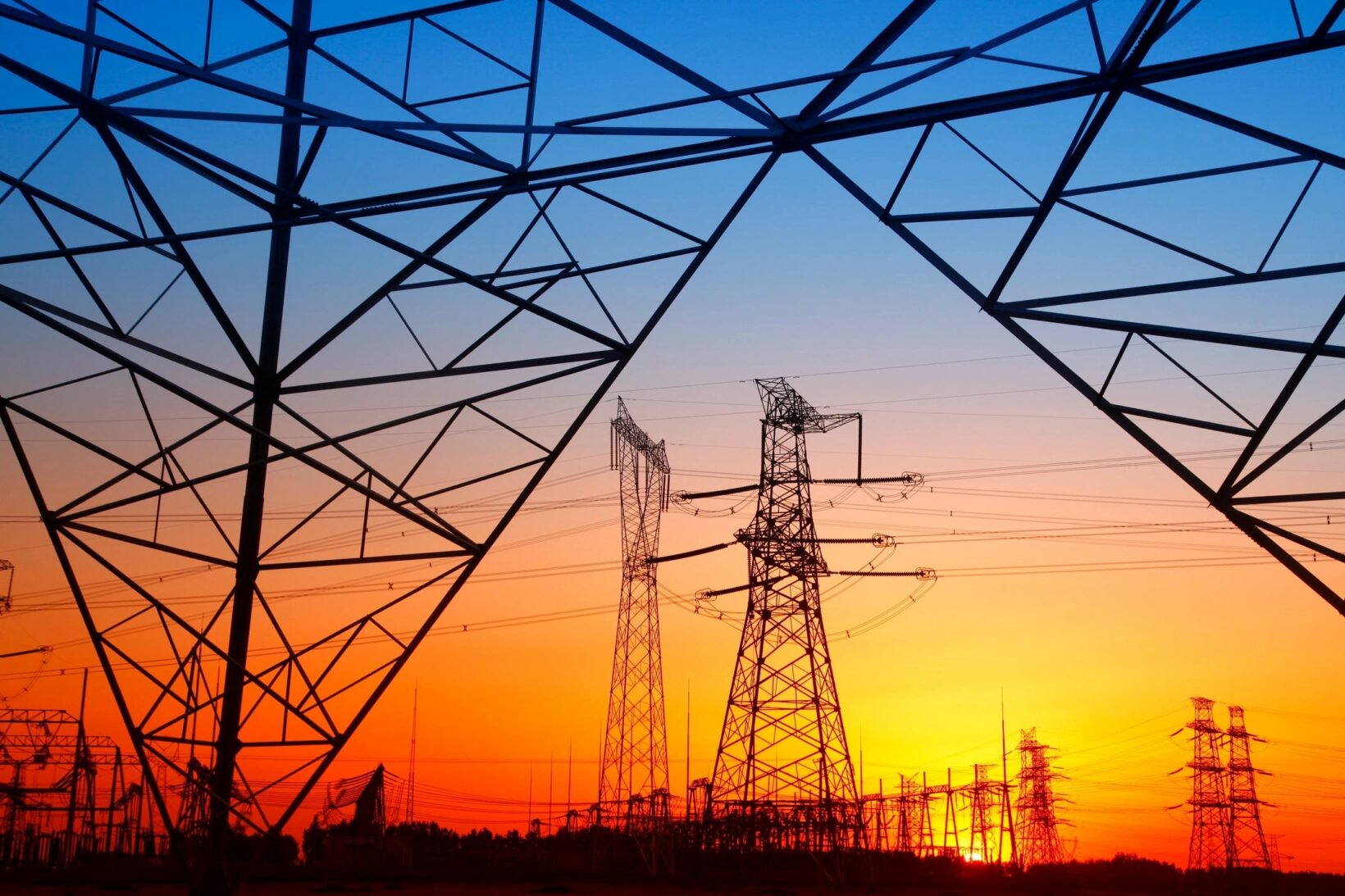Gathering “NIMBY” Storm Over Renewable Energy Siting

March 16, 2023
The siting of renewable energy infrastructure (mainly wind turbines and solar arrays) is becoming an increasingly contentious issue in the US, notably on both coasts and in the Midwest. A post from law firm Husch Blackwell calls it a NIMBY (“Not In My Backyard”) issue and notes we are now beginning to see “legislative solutions” at the state level. Illinois is the latest state to address the issue, with a law that doesn’t prevent counties from enacting their own requirements, but does say those requirements “may not be stricter than those enforced at the state level.”
In New Jersey, opposition to off-shore wind farm development has become a movement, fueled by local near-shore residents, and a cause celebre with the unlikeliest of bedfellows: humpback whales and Fox News celebrity opinionator Tucker Carlson. As reported in the online publication Governing, humpback actually have been washing up on to the Jersey shore since 2016, in what the article, echoing a report from NOAA Fisheries, headlines as a “Humpback Whale Unusual Mortality Event … ” It’s not clear how the offshore wind turbines might fit in, although per necropsy examinations, some of the whales were indeed mortally wounded by rotating blades. Presumably, however, they were ship propellers, and not wind turbine blades that typically housed atop towers, several hundred feet in the air. Overall, the jury is still out on what’s behind the “unusual mortality event, but in addition to the ship propellers, which in some cases have left horrible gaping wounds, “entanglement,” presumably with fishing nets, is another theory. What isn’t theoretical is the antipathy among many on-shore residents toward what they consider interference with the view and general ambience of the near-shore environment by what is clearly an industrial scale installation.
In West Virginia, according to an alert from law firm Babst Calland, twelve lawsuits targeting an existing on-shore wind project were filed on the same day in early February. All twelve assert both nuisance claims, alleging that the installation has affected the “serenity, ambience, wildlife viewing and aesthetic nature” of plaintiffs’ property and harmed their “personal mental, emotional and physical wellbeing,” and negligence claims, which look to the citing process. That claim there is that the process failed to take into account the health effects of the constant sound of the spinning turbines. A bill currently pending before the West Virginia Legislature would restrict the scope of public nuisance claims in this arena, according to the Babst Callan post.
Even the Pulitzer Prize winning non-profit journalism site Inside Climate News, generally favorable to renewable energy but known for rigorous reporting, has recognized that tension between climate-friendly energy initiatives and local residents is a real issue, and a volatile one. With regard to the new Illinois law, it notes that local officials are “livid” about it, and it quotes an academic who specializes in land use conflicts over renewable energy development. She concedes that short-term the law is likely “to get a whole lot of wind and solar built,” but she worries about the fallout. “This is not the way you build bridges between urban and rural areas,” she says. “It’s making that chasm even wider.”
Read full article at:
Share this post:






